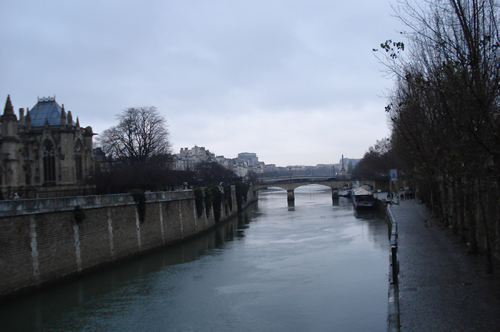
LANGUAGE:
EU EXPO CATEGORIES
- The scenic spot of Britain
- The scenic spot of Britain
- Architectural decoration
- Painting and sculpture
- Art performance
- Jewelry, antiques
- Fashion make-up class
- The diet leisure class
- Life Home Furnishing class
- Culture and education
- The folk custom activity
- Event exhibition class
CONTACT US
- Add:Teisterbantstraat 44,6825CL Arnhem , Holland
- Tel:+0031-026-7370226
- Fax:+0031-026-7370226
- E-mail:teucaeu@hotmail.com
- Contacts:Mr.Thomas
Your position:TEUCA > EU Cuoture Expo
INTRODUCTION:
This article is about the river. For other uses, see Rhine (disambiguation) and Rhein (disambiguation).The Rhine (Latin: Rhenus, Romansh: Rein, German: Rhein, French: le Rhin,[1] Dutch: Rijn) is a European river that begins in the Swiss canton of Graubünden in the southeastern Swiss Alps, forms part of the Swiss-Austrian, Swiss-Liechtenstein, Swiss-German and then the Franco-German border, then flows through the Rhineland and eventually empties into the North Sea in the Netherlands. The largest city on the river Rhine is Cologne, Germany, with a population of more than 1,050,000 people. It is the second-longest river in Central and Western Europe (after the Danube), at about 1,230 km (760 mi),[note 2][note 1] with an average discharge of about 2,900 m3/s (100,000 cu ft/s).
The Rhine and the Danube formed most of the northern inland frontier of the Roman Empire and, since those days, the Rhine has been a vital and navigable waterway carrying trade and goods deep inland. Its importance as a waterway in the Holy Roman Empire is supported by the many castles and fortifications built along it. In the modern era, it has become a symbol of German nationalism.
PREVIOUS:Galeries Lafayette
NEXT:Eiffel Tower
